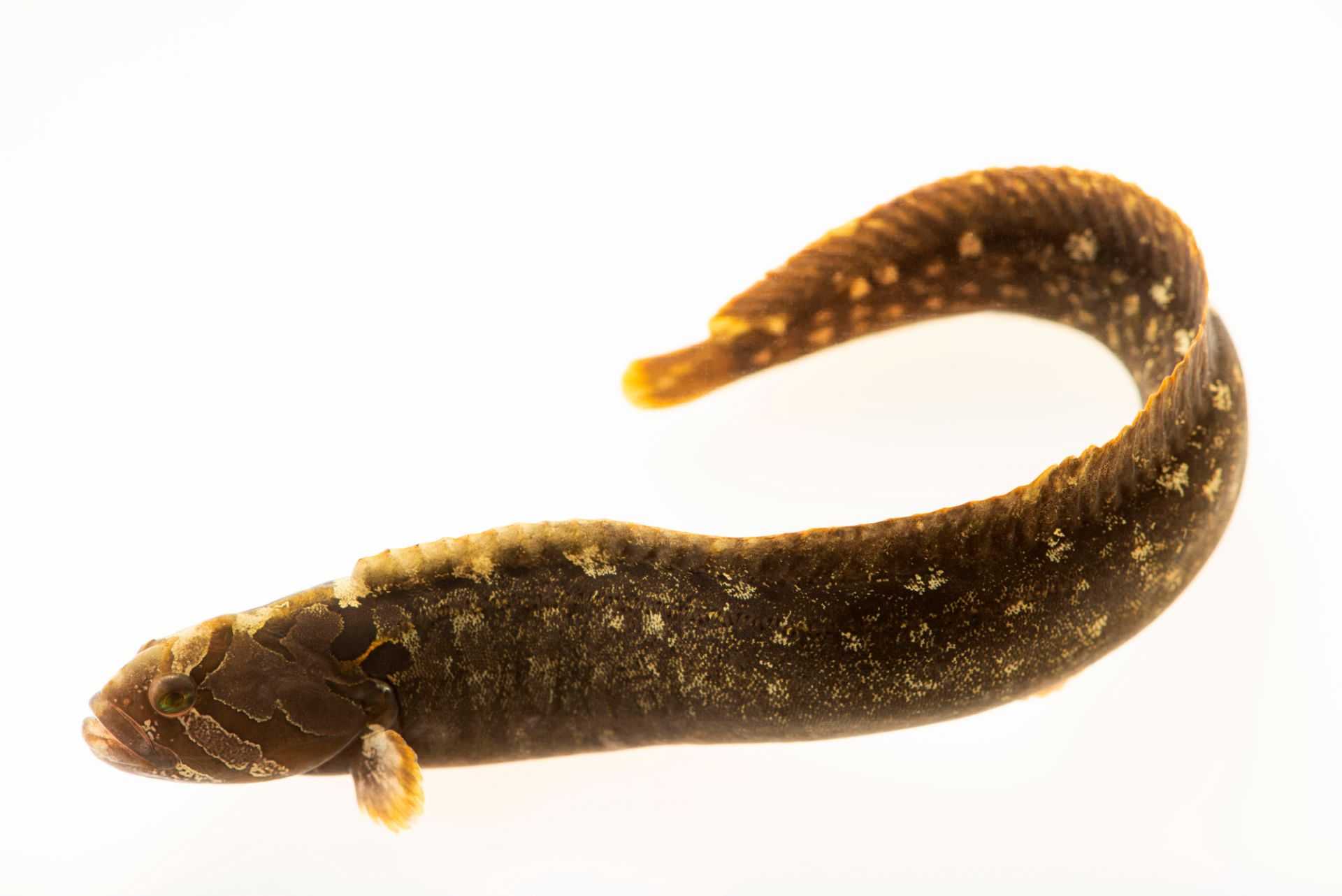Monkeyface Prickleback

Species Details
Cebidichthys Violaceus
Stichaeidae
Perciformes
Reefs, inshore
4 - 6 lbs.
26" - 30"
Monkeyface Prickleback (Cebidichthys violaceus) Fish Description
The Monkeyface Prickleback, also known to be named the monkeyface eel, is a long and eel-like fish. They sport a blunt round snout, large fleshy lips, and have two striking black lines from behind their eyes. The ridge or the large fleshy lump on top of the adult Monkeyface Prickleback’s head resembles the nose of a primate. And they have a dorsal fin that runs along their backs. Though some Monkeyface Prickleback fish have orange spottings found on their bodies and orange fin tips, they are most often a uniform color of light brown to dark green.
Diet and Size
Their diets range from carnivores to omnivores, as they primarily consume crustaceans and algae.
Adolescent Monkeyface Prickleback often feeds on zooplankton and crustaceans, and as they grow older, their adult counterparts tend to lean towards being herbivorous, feeding on red or green algae.
Monkeyface Pricklebacks can reach up to the length of 2.5 ft and have a life expectancy of up to 18 years. The heaviest, or maximum weight, recorded to date for this fish is just over 6 lbs.
Interesting Facts about Monkeyface Prickleback
- Monkeyface Pricklebacks are air breathers and can remain out of water for about 15 up to 35 hours, under rocks or seaweeds, and kept moist.
- Due to their body shape, it allows them the ability to live and hide in crevices, holes in rocky reefs, tidal zones, and kelp forests.
- Monkeyface Prickleback fish are not one to wander and rarely travel more than 15 ft away from their homes.
Fishing Techniques
Anglers fishing for Monkeyface Pricklebacks, or shore anglers, use a common method called “poke poling,” when fishing for these fish in rocky intertidal and shallow subtidal zones.
This method, or technique, involves a long bamboo rod and a baited hook stuck into areas where the Monkeyface Prickleback is known well to hide in.
To practice this method, you must carefully move along the water’s edge and then locate crevices or holes between rocks that are at least a foot deep. Then work the pole tip into these spots, deep under the rocky ledges where the fish may lie. Wait for about half a minute before deciding to move your bait to another spot in that hole. If you feel as though you’ve presented your bait in that spot and still to no avail, move a couple of feet down the reef to find another area. Once the fish bites your bait, pull back to set the hook and transfer to a net immediately. Most fish or eels would throw the hook in a few seconds, if not moved into a net quickly enough.
Habitat and Distribution
The Monkeyface Prickleback are coastal fish living in rocky areas and predominantly live close to shore. They are inshore fish commonly found in tide pools or shallow rocky areas from the intertidal zones with depths up to 78 feet.
You can locate them in places ranging from southern Oregon to the North of Baja, California.







